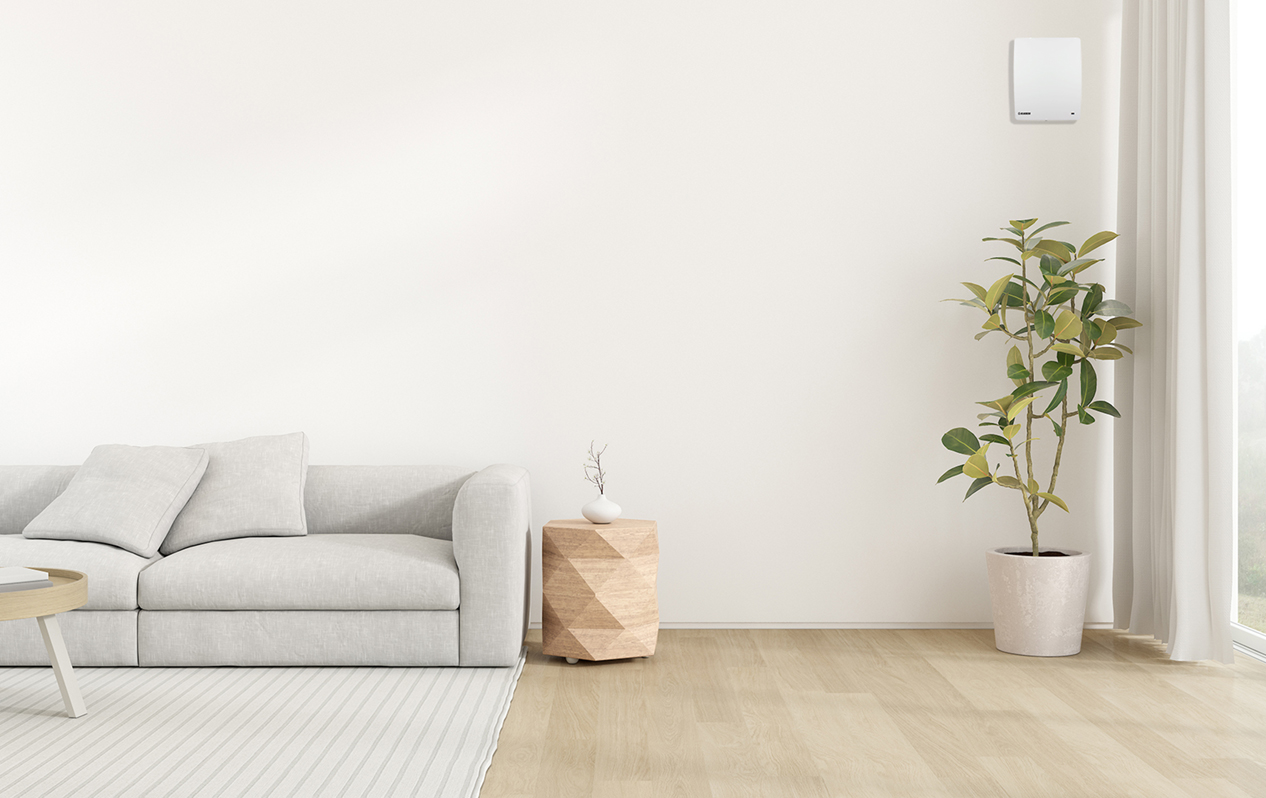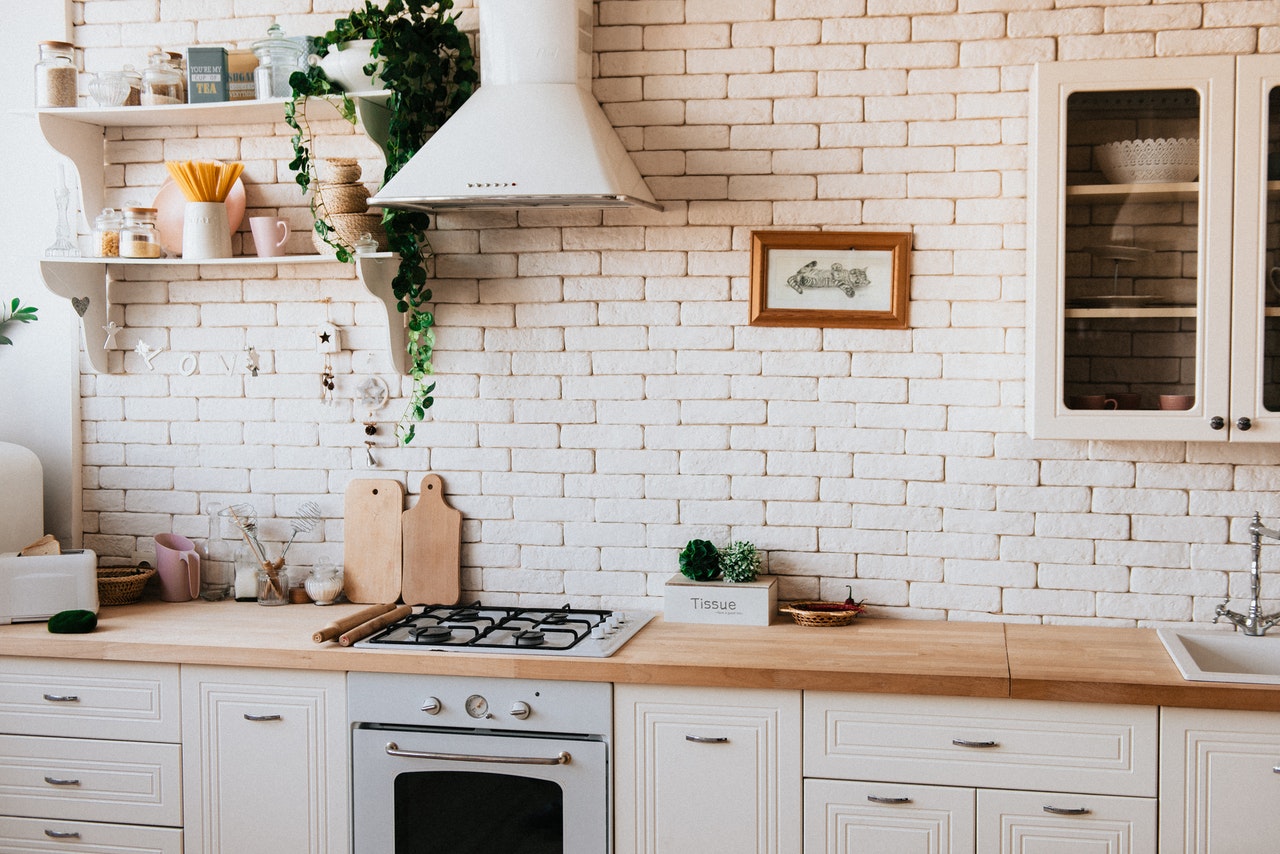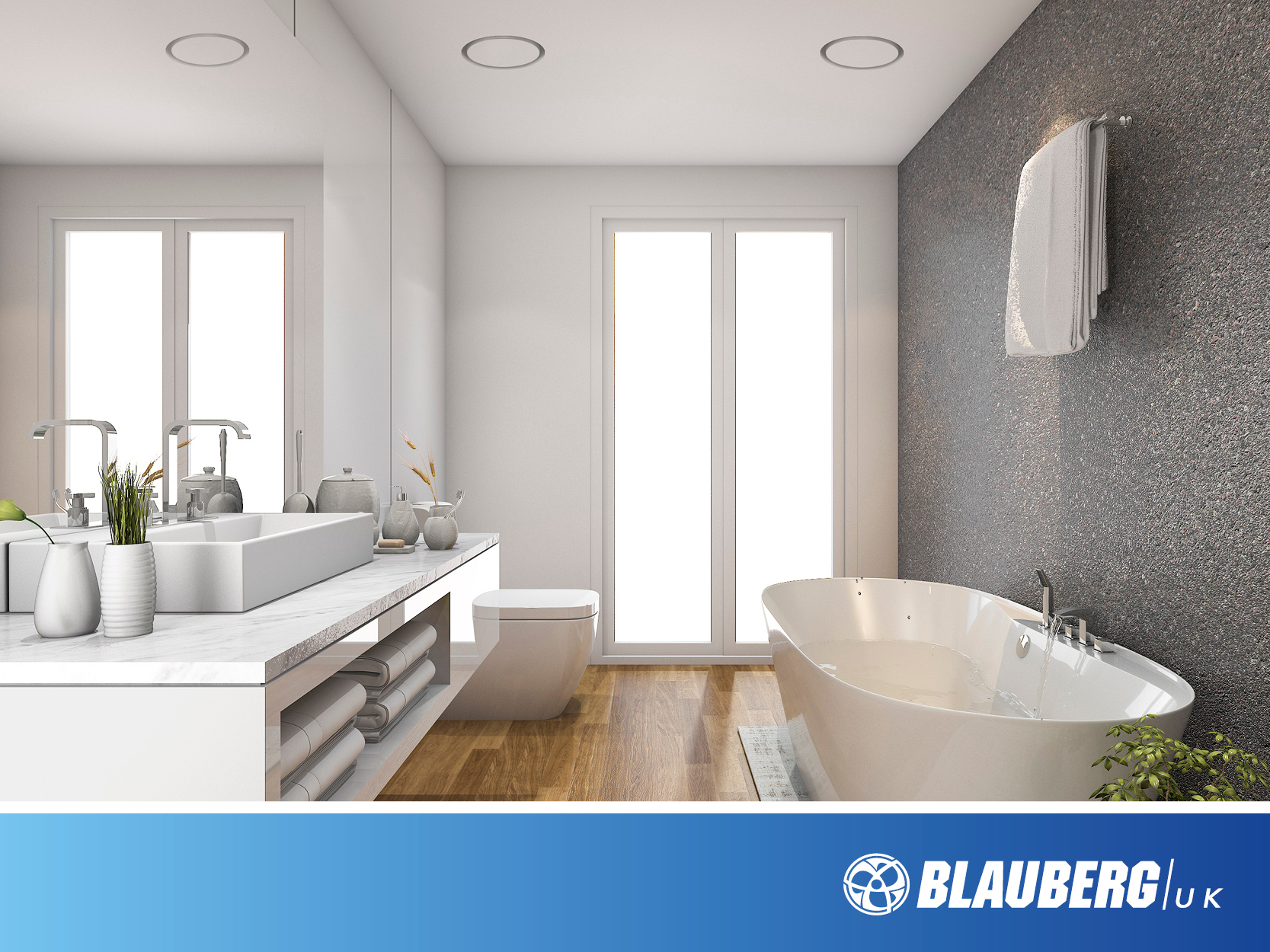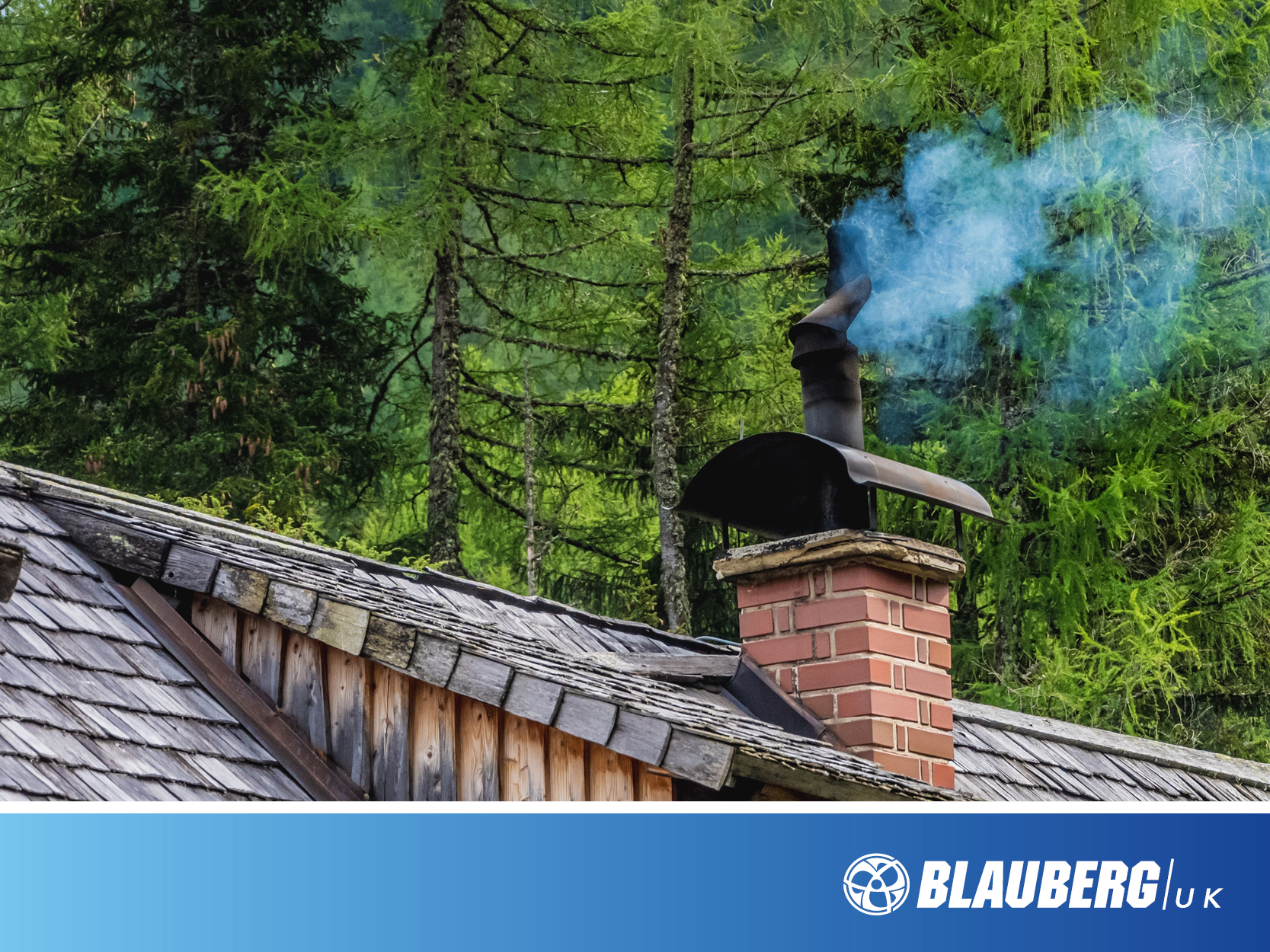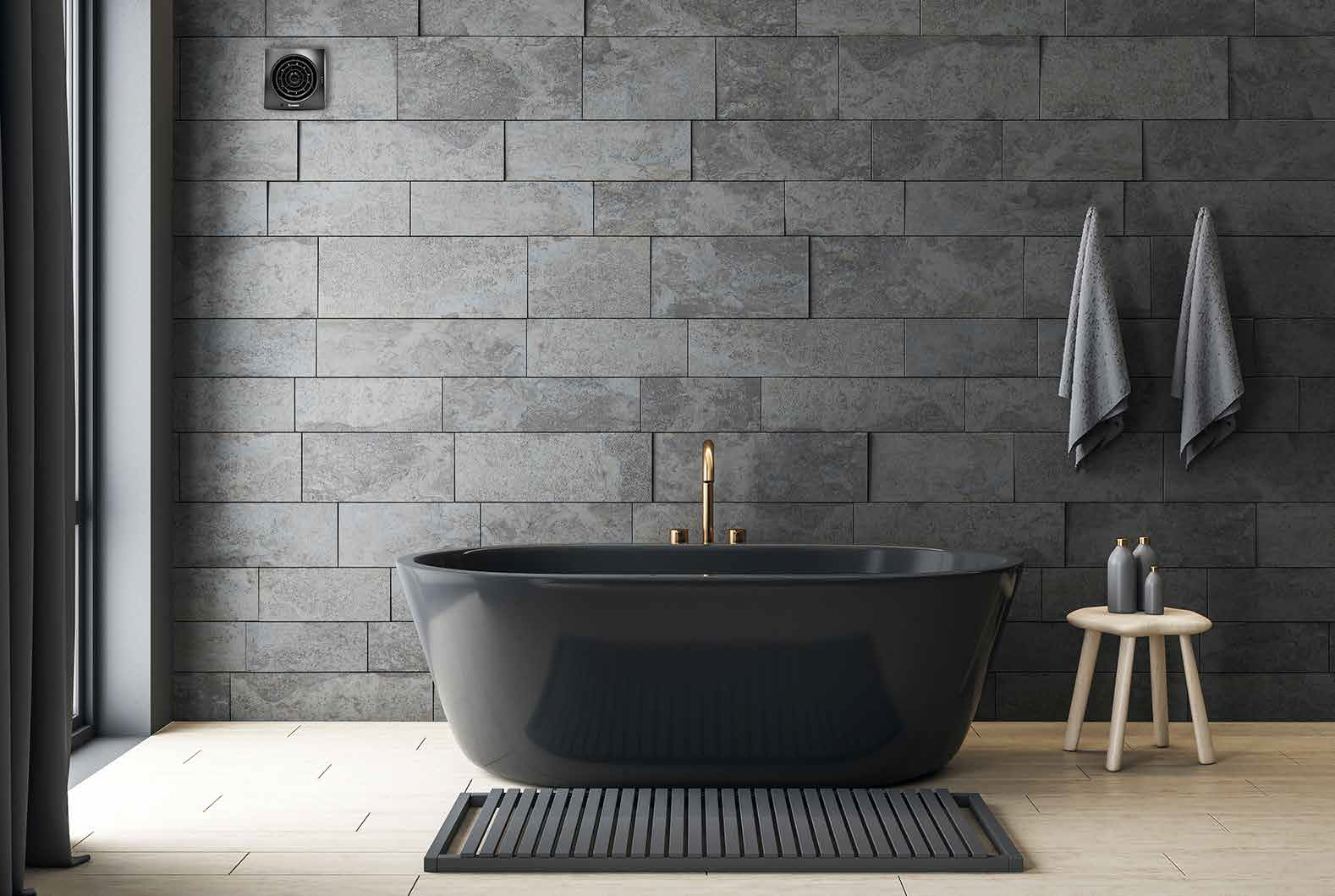Why choose Heat Recovery Ventilation?
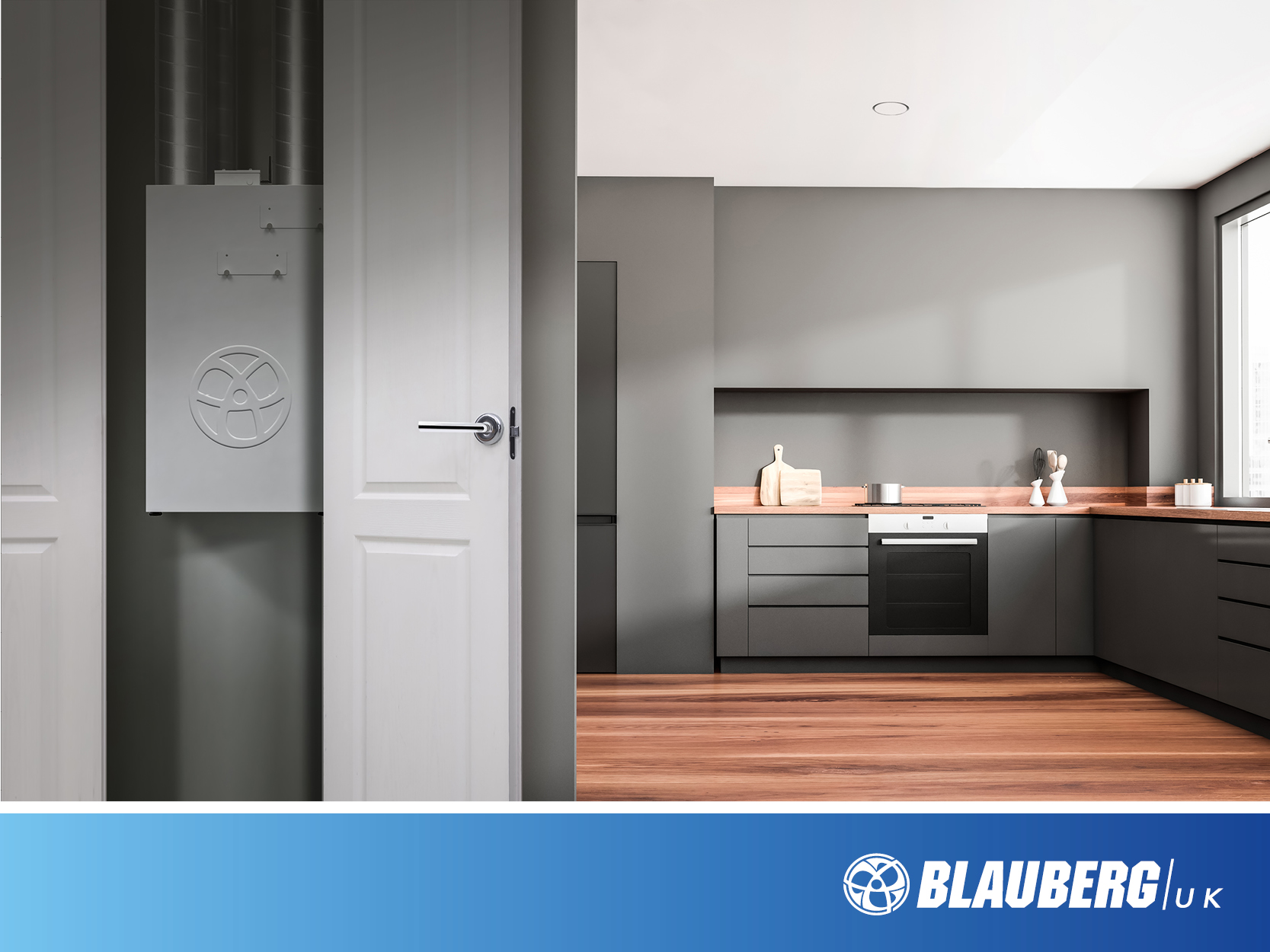
Why choose a MVHR System for my home?
When designing a new build or renovating an existing home to a high energy performance standard, early assessment of ventilation is a key factor in not only improving indoor air quality, but to protect the very heat you have paid to keep. It is therefore essential to consider a high quality MVHR ventilation system, but which one?
Centralised Systems
Centralised Mechanical Ventilation and Heat Recovery (MVHR) systems are one of the ventilation options in domestic dwellings in the UK. They extract warm, stale and humid air from bathrooms, kitchens, and utility rooms before passing this over a heat exchanger which transfers the heat to fresh air from outside the building.
To learn more about central mechanical ventilation and heat recovery, click here.
DeCentralised Systems
DeCentralised Mechanical Ventilation and Heat Recovery (dMVHR) systems consist of individual room ventilators, that are wall mounted, into nearly all rooms within the house. Each individual unit extracts stale, warm and humid air. After 70 seconds, the unit reverses airflow, and supplies fresh air from outside the building back into each room. A ceramic core within the unit collects over 90% of the heat which is added to the supply air. The whole cycle then repeats itself. Each single room ventilator is connected via WiFi to work collectively and provide a 'whole house' ventilation solution.
To learn more about decentralised mechanical ventilation and heat recovery, click here.
What will an MVHR System do?
- Reduce your energy bills.
- Increase oxygen levels within the home.
- Decrease Co2 levels.
- Reduce mould, condensation, and humidity problems.
- Increase the air quality within your home.
- Recover precious heat, normally waisted with traditional ventilation.
- Balance the temperature throughout your home.
- Filter unwanted pollutants, car fumes, pollen, mould and Voc's (volatile organic compounds).
How much energy will an MVHR system save?
Typically, a mechanical ventilation system with heat recovery will recover up to 90% of the heat normally extracted from building. However, airtightness is key to how much energy you will save.
As a general rule, the higher level of your building’s airtightness, the more air is passed through the heat recovery ventilation unit, and the more heat is recovered.
Airtightness guidelines:
- 10m³/hr/m² at a pressure of 50 Pascals (Pa) - UK Building Regulations (Part L).
- 0.8m³/hr/m² at a pressure of 50 Pascals (Pa) - Passivhaus Strandard
In other words, the quantity of air (in m³) that leaks into or out of the dwelling per hour, divided by the internal area (in m²) of the building fabric at 50Pa.
Although there is a big gap between UK Building Regulations & Passivhaus, it is generally accepted that any building with an air permeability of the thermal envelope is at or below 3m³/hr/m² at a pressure of 50 Pa, is considered adequate for MVHR to give a realistic, measured, energy savings.
To get a better understanding of a heat recovery system is suitable for your project, please schedule a call back to speak to a Blauberg expert today.


